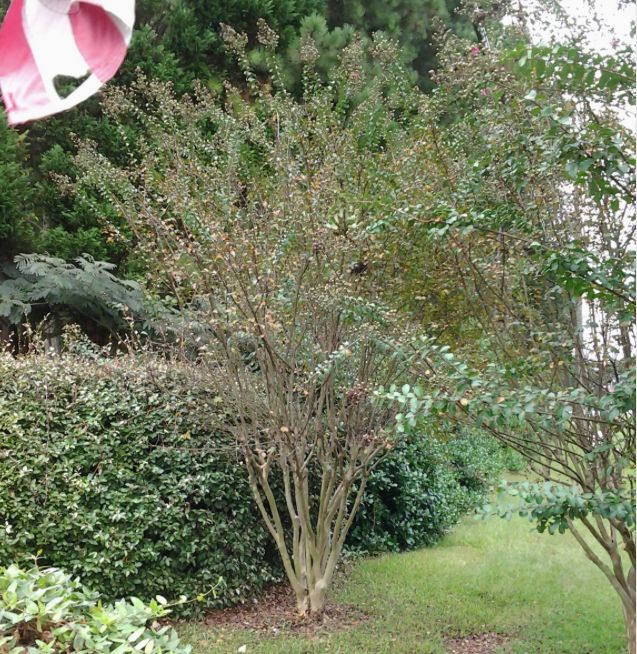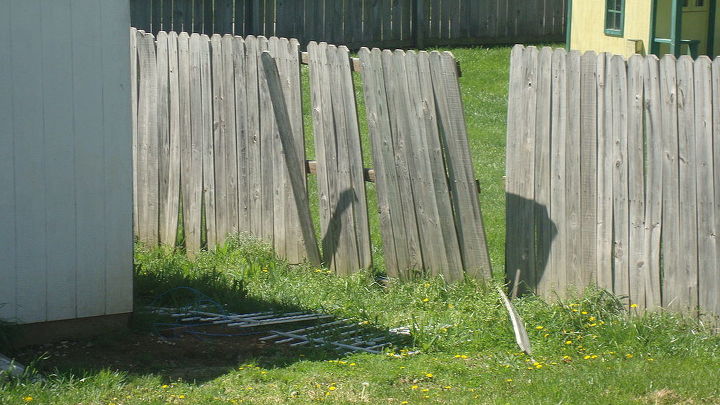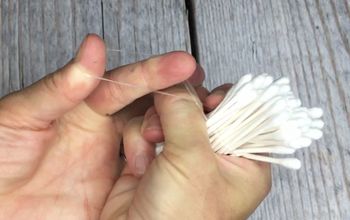Can three crepe myrtles be dug up?

-
You can cut the crepe myrtles down now of they are finished flowering.The down side of this would be if your hardiness zone stays warm or warms back up there could possibly do damage as winter approches. But why would you want to cut them ?Try thinning out only the dead wood if there is any.
 Janet Pizaro
on Oct 04, 2015
Helpful Reply
Janet Pizaro
on Oct 04, 2015
Helpful Reply -
-
About 4 months ago, I planted a total of 15 Catawba (purple) crape myrtles so I did quite a bit of research on them before planting. I learned there are different varieties of crape myrtles that grow to different heights. There are miniature versions that grow to be between 1' and 4'. The dwarf size is between 6' to 10' at maturity. Mediums grow to be between 14' and 18', and the biggest are the Standard tree height that are 20' to 30' at maturity. These in your subdivision are probably some variety of the Mediums and obviously, whoever selected these crapes did not pick the right size for the placement inasmuch as they now obscure the subdivision sign. Cutting them back drastically is not going to change the size they inherently are; they'll probably just eventually grow back to their full size because they are quite hardy. You can prune them to thin them out and encourage more prolonged flowering but that doesn't affect their height. If they are cut back aggressively (called, "crape murder"), they can become knobby looking and not so attractive. Rather than ruin the looks of them with "crape murder," perhaps you could try placing an ad on Craigslist saying they are FREE to anyone who wants to come dig them up. I have a feeling someone would jump on that offer because crape myrtles are really pretty (and quite expensive if you buy them this size). Then, whoever is in charge of your subdivision grounds maintenance could plant one of the miniature versions of crape myrtles since they need to remain 5' or less, or pick some other smaller, more appropriate plants or trees that would not interfere with the sign when they are mature. I found these websites helpful when I was doing my crape myrtle research before purchase. You might also find them helpful for pruning and/or transplanting info: http://www.crapemyrtle.com/pruning.html http://www.usna.usda.gov/Gardens/faqs/crapemyrtlefaq2.html
 Shari
on Oct 04, 2015
Helpful Reply
Shari
on Oct 04, 2015
Helpful Reply -
-
Since you live in GA you can cut them back fairly short and they will still come back in the Spring. You can also thin the branches and see if that helps but if it is the height that obscures the subdivision sign-- I understand topping them. Crape Myrtles may also be limbed up (lower branches cut close to the main branch) and if your sign is low to the ground that might suffice for viewing. I have had good luck moving a red Crape Myrtle in TN in the Fall of the year. They are very easy to grow and I planted one this Fall that the leaves came out again on it after it arrived w/the leaves dried to a crisp. Good luck!
 Sarah A. Victory
on Oct 04, 2015
Helpful Reply
Sarah A. Victory
on Oct 04, 2015
Helpful Reply -
-
Looking at the size of the plants, I would have my doubts whether or not they would survive a transplanting. However, you could try digging straight down around the base of the plant about 2 feet out from the main trunk. That would cut the horizontal roots. Then try to lift it up while cutting the vertical roots, leaving as much of the root as possible. Replant immediately in a hole prepared that is three times the width and twice the depth of the rootball. Backfill the hole so the crape myrtle is seated at its original depth. Water, water, water. Mulch in a donut not a volcano and hope for the best. You will have a lot of dieback but might save the original plant. Continue watering until it is established. I would suggest planting new crape myrtles from the Princess Series. They are a fairly new cultivar with 5 or 6 varieties that do not grow taller than 6 feet.
 Colleen Walpert
on Oct 06, 2015
Helpful Reply
Colleen Walpert
on Oct 06, 2015
Helpful Reply -
-
May I ask, Why not move the subdivision sign, or place a new appropriately sized sign in front of the crepe myrtles??? Those crepe myrtles have beautiful trunks and should be saved if possible.
 Joan
on Oct 07, 2015
Helpful Reply
Joan
on Oct 07, 2015
Helpful Reply -
-
Good question. I'll look into that.
 Louise
on Oct 07, 2015
Helpful Reply
Louise
on Oct 07, 2015
Helpful Reply -
-
I'd think about hiring someone with a tree spade and having them moved. Cutting them back would only be a temporary fix.
 Z
on Oct 08, 2015
Helpful Reply
Z
on Oct 08, 2015
Helpful Reply -
-
Just cut them back a little shorter than the height you'd like them in the spring, then keep them trimmed. You'll have some pretty shrubs.
 Bettie Morin
on Oct 09, 2015
Helpful Reply
Bettie Morin
on Oct 09, 2015
Helpful Reply -
-
I'm in favor of saving the shrubs in the current location. That said, however, anything can be moved with the right equipment (lots of man hours), right amount of money (lots of money), right amount of care (water and mulch).
 Sue Klinedinst
on Oct 09, 2015
Helpful Reply
Sue Klinedinst
on Oct 09, 2015
Helpful Reply -
-
crepe myrtles bloom on new wood. Don't be afraid to give them a good haircut when they are dormant. That's also the best time to transplant.
 Marcia
on Oct 09, 2015
Helpful Reply
Marcia
on Oct 09, 2015
Helpful Reply -
-
You can cut them back now and use the cuttings to start new ones too. But you have to keep them trimmed up but it is well worth the effort.
 Joyce Lee
on Oct 09, 2015
Helpful Reply
Joyce Lee
on Oct 09, 2015
Helpful Reply -
-
Years ago, I transplanted 3 crepe myrtles in the fall. Mine were also in the 15 foot range. I had a large oak tree that shaded a few of them too much so I moved them to the other side of the house with more sunshine available. They no longer produced flowers because of lack of sun. (I was not going to trim my beautiful oak canopy for crepe myrtles!) I pruned the trees back in September using a bypass pruner. I left the trunks alone to not shock them too much. I did this with each of the trees, taking a Saturday for each. I watered the tree very well for a few days prior to the move. I prepared the area it was to be moved to prior to starting the transplant. The base inside the hole was not cut, I left it solid. I made cuts into the sides of the hole with a shovel to encourage the roots to grow in that direction. We have a lot of clay soil so I made cuts to prevent it from becoming root bound in the ground. I used rooting hormone in the hole to encourage more root formation especially near the side cuts. I fit it into the hole at the exact level as before to prevent it from sinking downward. I did not want to expose the cut roots to air very long so I made the entire move for each tree in less than an hour. I live in south Louisiana and did this in early November - no longer hot and it was cool enough to encourage root growth. I staked them for support for 6 months. I mulched with 5-6 inches over the entire area and watered daily for 3 weeks, then backed off from daily to watering depending on the humidity level and heat. We seldom get freezes before Christmas, our problem with transplants is the heat. Once I saw some new growth beginning, I knew they were ok for the most part. Those trees are thriving very well with beautiful blooms.
 Kathy
on Oct 10, 2015
Helpful Reply
Kathy
on Oct 10, 2015
Helpful Reply -
-
Most professionals are not jumping at the offer because it is not cost effective for them. They can purchase the same tree that they do not have to dig and baby for less money than it would cost to dig and transplant . Yes you could bob them, it won't kill them, but you will be doing this once a year and soon they will become ( to me) ugly knobby things. Sometimes it is best to cut your losses while ahead.
 360 Sod (Donna Dixson)
on Oct 11, 2015
Helpful Reply
360 Sod (Donna Dixson)
on Oct 11, 2015
Helpful Reply -
-
Aww that's unfortunate. I've seen people cut CM almost to the ground and they still survive!! They look a bit weird since they don't have the characteristics of the shrub version but after a while you get used to the look. This might work for you in the long run.
 Kathy
on Oct 11, 2015
Helpful Reply
Kathy
on Oct 11, 2015
Helpful Reply -
Related Discussions
GNATS - How to get rid of them?
Somehow my house and garden got tiny gnats that killed my fuchsia plant and fly everywhere. I have tried ALL the Web recommendations - soap and oil dishes, sand in th... See more
Marigolds growing! Should I pinch the buds?
My marigold plants are growing. I heard that pinching the buds until Autumn will allow them to grow without killing the plant. Is this true?
Growing garlic
Growing our first garlic, should we wait until the leaves are drying out before we pick it? Husband picked first one today along with our first potatoes.
How to keep mice out of your garden?
Hi everyone, I have mice in my garden destroying my vegetables and I have also noticed them in the barn and shed. Please can someone tell me how to prevent them from ... See more
What's the best flower/plant to grow in Texas?
I know that opinions vary, but what's your opinion?!I have great luck w Rosemary plants. Green all year long.
Best way to kill bush/tree after being cut down?
Just moved into a new home. There was a huge thorny bush dragon devouring the mailbox. I slayed the dragon but it is trying to rise up again. How can I make sure it's... See more
Nightmare neighbors
We have the worst neighbors ever! They complain about everything! They hate dogs so they complain every time our dogs bark one time (not exaggerating) they have fabri... See more






